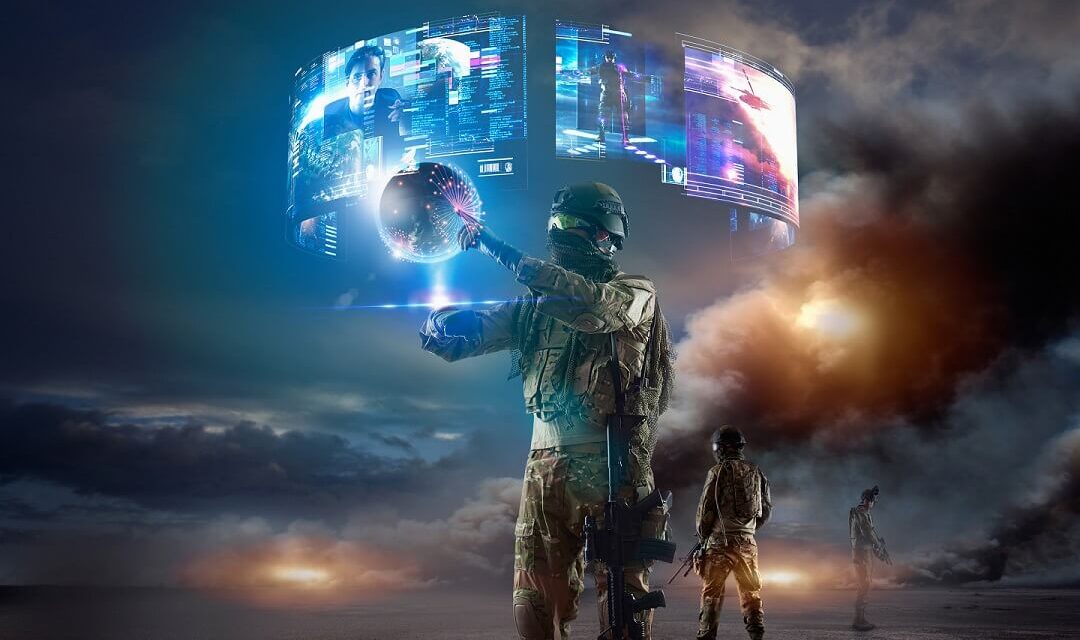BiSim is a Central European based global software company that produces simulation and training solutions for defense and civilian organizations. They have a 16-year pedigree centered around one specific product- VBS (Virtual Battle System). VBS is a progressive series of products that serve as training simulations for military personnel. Simulation, in this case, means the VR (Virtual Reality) based software plunges soldiers into a variety of combat-related situations in order to build their experience for the real thing. Currently, VBS3 is the most widespread version of this product, claiming to be “the de facto standard in game-based military simulation meeting hundreds of training use cases.” This is relevant for a business-oriented individual because it speaks to the vast potential of VR, as well as the increasing presence that it has in a variety of fields. The military has been taking advantage of VR for decades, and it has begun to trickle down to enterprise and everyday consumers.
BiSim’s newest product is VBS4, which is set to replace VBS3. This is the latest incarnation of the simulations software that has trained combatants and prepared them for life-threatening situations. The improvements to the newest version are three-fold: ease of use, increased performance (due to the new engine and optimizations), and whole-Earth terrain representation.
To break these down, ease-of-use improvements mean that more users can prepare and operate the software, simply because it is more straight forward to learn and operate. VBS3 was designed with engineers in mind, so getting the most out of the software required someone to be extensively trained. BiSim has free-to-access courses on its site which speak to the barrier and complexity of the software. Conversely, VBS4 is designed to be easier for general usability via possessing more automated systems, such as VBS Geo, and a redefined interface.
VBS Blue IG is the improved engine currently in use by the software. This engine uses plug-in architecture, allowing the software to quickly react to changes in the user’s environment and allows the simulation to produce high levels of texture and expansive renderings, everything from “space to blades of grass.” This whole-Earth terrain representation is a significant upgrade allowing users a significantly wider breadth of real-life situations and environments.
BiSim also hosts training products that focus on civilian life, such as their reworded VBS hardware that is sold to gamers, but VBS from the military angle remains their breadwinner. The U.S. Army, U.S. Marine Corps, Australian Defense Force, Swedish Armed Forces, French MoD, and UK MoD are a few ultra-powerful militaries that utilize this product. Moreover, this software is employed by roughly 60 countries and 300 integrators.
This product development is significant to the realm of VR and XR (Extended Reality) in business. It means that commercial accessibility will drastically increase. The average business does not require military-grade VR headsets in order to find benefits from these programs. Likewise, an important feature of XR simulation software, like communication across great distances, is that it is designed for backward compatibility, meaning that VBS3 will be able to run a portion of the procedures and mission developed for VBS4. Updates and improvements are constantly made in the XR field of technology; often forcing customers to purchase new hardware with every enhancement. This business model proves to be costly and inefficient for businesses. Conversely, designing these simulations and renderings to be reused is inherently part of the creative process of BiSim, which is therefore beneficial to businesses.
These innovations also mean that the software is developing more uses. Every advancement engineered for one purpose, combat preparation, in this case, gives users the opportunity to reuse the technology for other purposes. Access to a rendering of the entire globe in real-time could be an invaluable tool for businesses. Logistics or transportation companies, for a brief example, could potentially improve the efficiency of their operations by interacting with a visual representation of their different routes and provide simulated and accurate training. Since the entire globe would be at their disposal, the location or scope of the activities would be irrelevant. This would also grant companies the ability to display this information, for all stakeholders and employees involved, in a way that is easily communicable. These new developments in military XR will surely carry over to venturous businesses.






